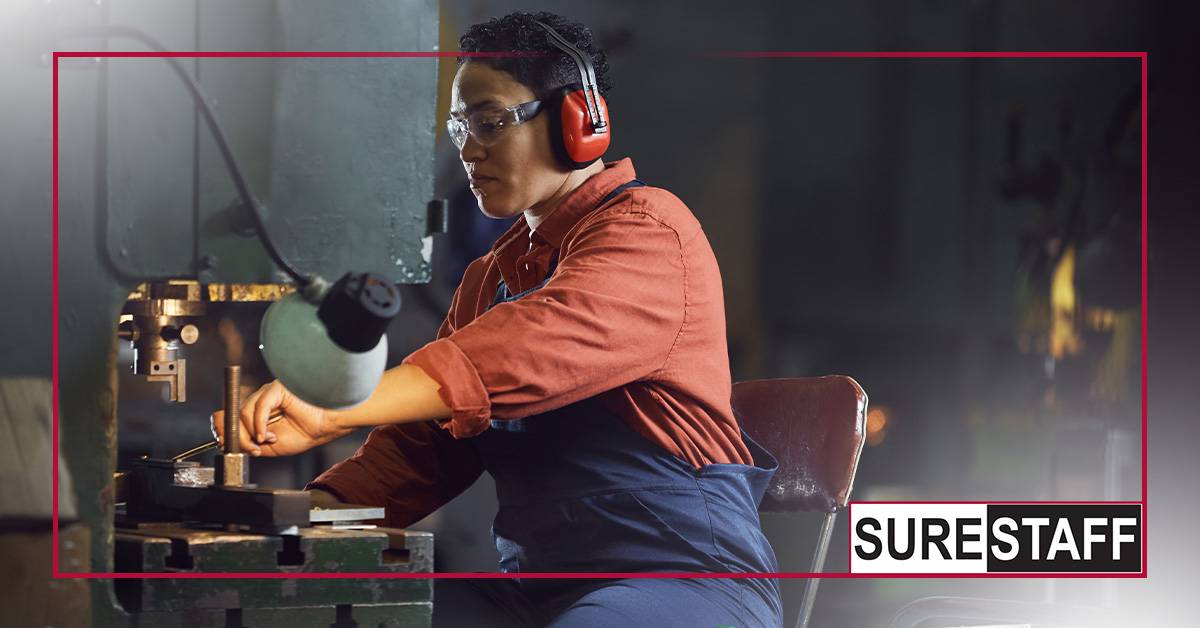Are you trying to retain your current skilled manufacturing talent, while also attracting highly qualified new employees? Here are three important steps to take.
Improve Your Process
Attracting skilled manufacturing talent starts with your job descriptions. For each role, clearly list the expectations, required tasks, and even the safety equipment that will be used. Understand, many people like to work with their hands; emphasize that fact. Also, describe the company culture and what a typical day looks like. Be sure to identify the key skills and experience you are looking for, but be open to training promising candidates who don’t have all of the technical know-how.
Don’t string candidates along. At each round of cuts, let applicants know whether they are still in contention. Limit the number of interviews and keep the process moving as quickly as possible. Once you make a hiring decision, onboard your new employee in an engaging way that sets expectations and helps them make a smooth transition onto your team. A better, faster process will reduce ghosting.
Develop a Talent Pipeline
If you want to retain skilled manufacturing talent rather than losing valuable workers to other facilities, you’ll need to offer career pathways. Take the time to figure out the typical career path for someone entering as a front-line worker, and then offer the tools and training to help employees follow that path. Make sure you make time to have one-on-one meetings with your team members and Associates. You’ll learn much more in a casual, private discussion than you will in a large meeting. You’ll also want a continual source of new front-line talent to replace those who are moving up. Also, outsource your direct hire recruiting process. It will save you time and money…. and a lot headaches.
Anticipate Change
Today’s workforce is multigenerational, as each person follows their own path. Some people are retiring early, while others are putting it off as long as possible. Young people entering the workforce are digital natives who may struggle to work under older bosses who have not yet implemented the latest technologies. Ensure you have an effective mentorship program in place. As staff retire, so goes much of their wisdom and experience. A mentorship program helps transfer that wealth of knowledge to the new generation. And the global pandemic has shown us the importance of agility and flexibility in the workplace, as what is standard today could be entirely upended tomorrow.
Prepare for change with a multipronged approach. Encourage cross-generational and cross-departmental knowledge sharing. Implement systems and processes that can easily shift to accommodate changing market trends. Create a culture that encourages and displays gratitude. Offer ongoing safety training and skills development. And sit down with your manufacturing talent regularly to get their feedback on what’s working and what needs improvement. After all, they are your eyes and ears on the floor.
Ready to hire?
If you need new manufacturing talent in Illinois, Indiana, or Wisconsin, learn how SURESTAFF can help.


